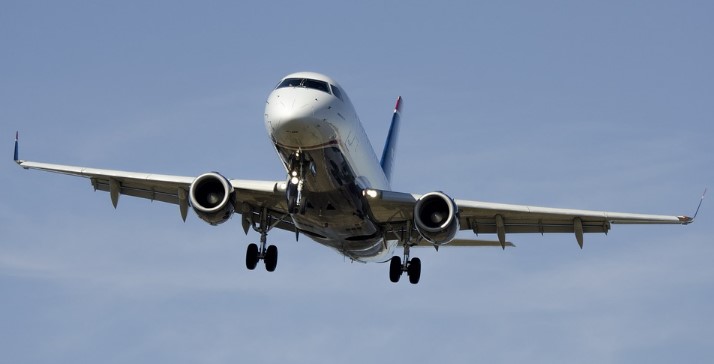Today, commercial and private aircraft need to fly much higher to have certain benefits compared to those flying at a low altitude, which is why you must learn from aircraft operations at high flight altitudes.
Contents
What is high altitude operation?
The high altitude operations are defined as all flights over 25,000 feet or 7,620 meters high. This must have certain special considerations due to the different factors that can affect aircraft at these heights.
Lower atmospheric pressure
One of the different factors that can affect the flight is the lower atmospheric pressure, this is due to the fact that at higher altitudes the pressure decreases, this seeks a lot to decrease the resistance that the air does in the aircraft, making it move better and reach the destination with less effort, helping to reduce fuel consumption, resulting in significant cost savings.
Because of this, you must have sufficient knowledge of the different flight techniques for this type of operation; since 1982, the National Transportation Safety Board (NTSB) has issued a series of safety recommendations that included, among other things, the establishment of a training program.
Relationship between high altitudes and speeds
Due to the composition of the air, at higher altitudes and at different speeds, the air behaves like an “incompressible fluid”. In the configuration of the aircraft for cruising and at high altitudes, air compression must be considered, which is why today there are teams that calculate this for you and previously calculations had to be done by hand, but always keeping in mind that if it is not done, you could lose 1 knot per second and this is a big problem because it would take 10 seconds to recover it.
That is why when arriving at these heights the pilot must have the cruise card established where the information of the flight values during the cruise will be, which can sometimes have a separation of 10 knots between the loss of high-speed lift and low speed losses.
Accidents affected by flying at these altitudes
Sometimes, due to the different weather problems that can arise during the flight, pilots tend to deviate from the route or sometimes go through the storm, but they must have the specific knowledge to fly at these altitudes, because there are many drawbacks that can happen, and because of previous accidents, organizations have taken steps to let pilots know about them.
Many accidents have occurred at cruise levels in tropical and subtropical areas, such as that of AIR ASIA QZ8501 in December 2014 (Airbus 320), that of SWIFT AIR July 2014 (Mcdonnell Douglas 80), that of AIR FRANCE AF447 in June 2009 (Airbus 330), and that of WEST CARIBBEAN in August 2005 (Mcdonnell Douglas 80), which had many similar aspects. If you want you can read our previous article titled The life of a pilot
What do you think about this topic? Do you want operations at high altitudes?
If you want to know more about this you can contact us or write your query at the bottom (comments section).
Image by 272447 via Pixabay.com under creative commons license.
